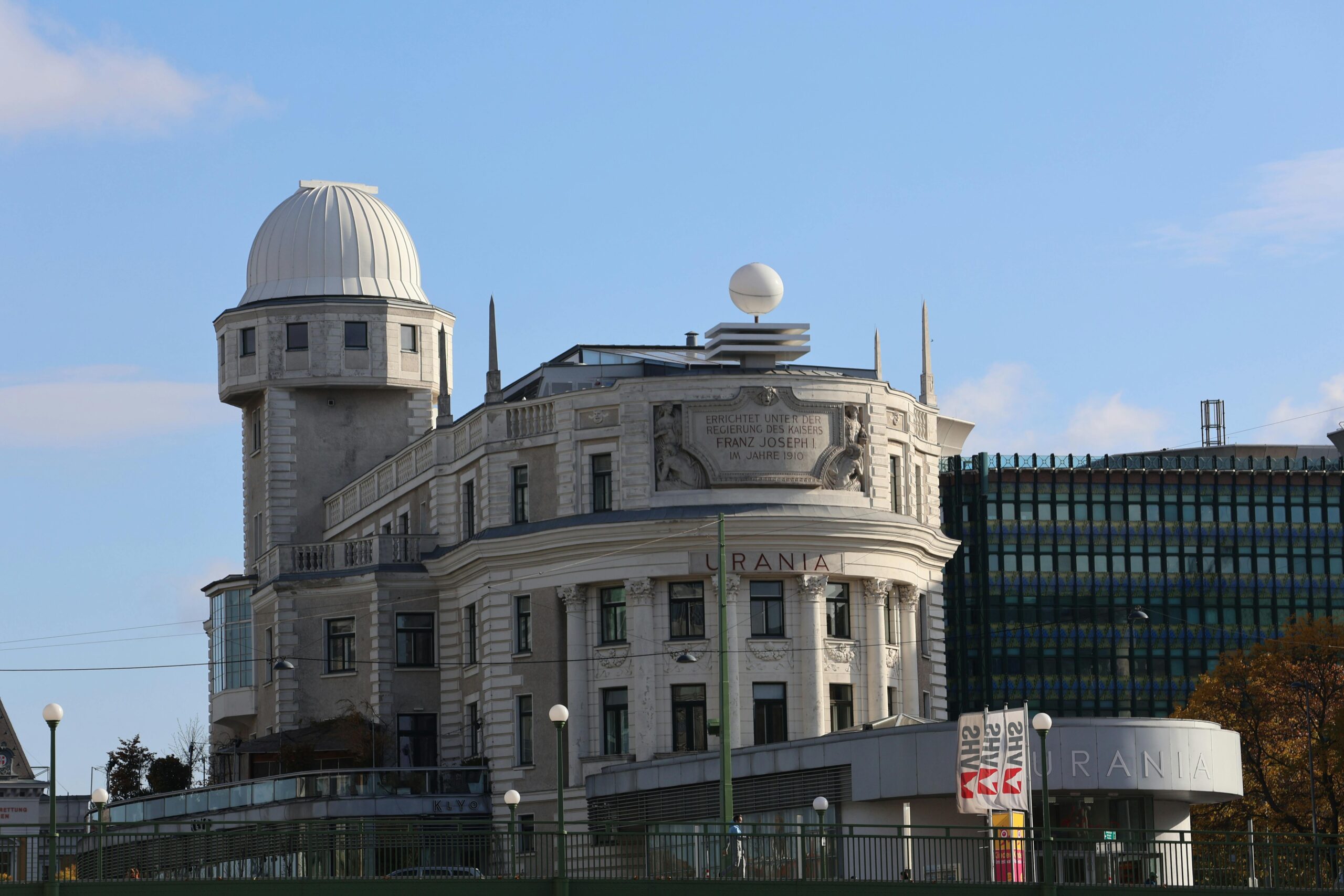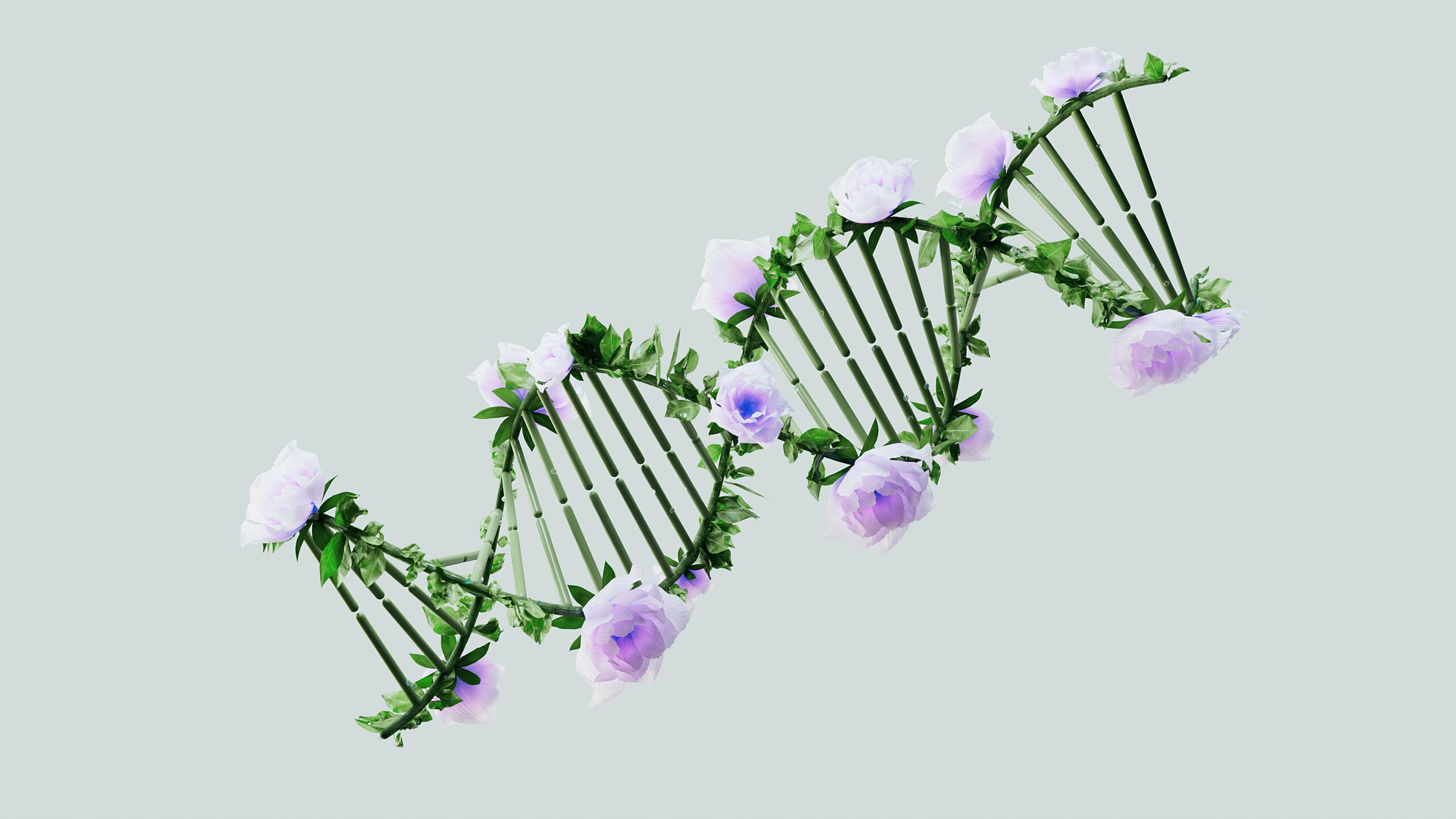Our DNA is constantly under attack, yet our cells possess remarkable repair systems that maintain genetic integrity and prevent disease. Understanding these mechanisms opens doors to revolutionary treatments and a healthier future for humanity.
🧬 The Double Helix Under Siege: Sources of DNA Damage
Every single day, each cell in our body experiences tens of thousands of DNA lesions. This staggering number might sound alarming, but it reflects the reality of living in a world filled with both internal and external threats to our genetic material. DNA damage isn’t an occasional event—it’s a constant biological challenge that our cells have evolved sophisticated strategies to manage.
External sources of DNA damage include ultraviolet radiation from sunlight, which creates thymine dimers that distort the DNA structure. Ionizing radiation from medical procedures or environmental sources can break the DNA backbone directly. Chemical mutagens in our environment, from cigarette smoke to industrial pollutants, interact with DNA bases and create abnormal structures. Even some therapeutic drugs, particularly chemotherapy agents, deliberately damage DNA to eliminate cancer cells.
Internal threats arise from normal cellular metabolism. Reactive oxygen species, byproducts of energy production in mitochondria, constantly bombard our DNA. Errors during DNA replication create mismatched base pairs. Spontaneous chemical reactions, such as depurination and deamination, occur simply due to the inherent instability of chemical bonds at body temperature. The cellular environment itself poses risks to genomic stability.
The Molecular Catalog: Types of DNA Lesions
DNA damage manifests in numerous forms, each requiring specific repair approaches. Understanding these different lesion types helps researchers develop targeted interventions and therapeutic strategies for various diseases associated with genomic instability.
Base modifications represent one common category. Oxidative damage creates 8-oxoguanine, which mispairs during replication. Alkylation adds chemical groups to bases, disrupting normal base pairing. Deamination converts cytosine to uracil, changing the genetic code if left unrepaired.
Single-strand breaks occur when one strand of the DNA double helix is severed while the complementary strand remains intact. These breaks are relatively common and generally easier to repair than double-strand breaks, which cut through both strands simultaneously and represent one of the most dangerous forms of DNA damage.
Cross-links create abnormal bonds between DNA strands or between DNA and proteins, preventing the double helix from unwinding during replication and transcription. Bulky adducts are large chemical groups attached to DNA bases that distort the helix structure and block cellular machinery.
⚡ Direct Reversal: The Simplest Fix
Some DNA repair mechanisms take the most straightforward approach possible—they simply reverse the damage directly. These pathways are energy-efficient and leave no trace of the original lesion, representing evolution’s elegant solutions to specific types of DNA damage.
Photolyase enzymes use energy from visible light to break thymine dimers created by UV radiation. This repair mechanism is present in many organisms, from bacteria to marsupials, though curiously not in placental mammals including humans. The enzyme binds to the damaged site, absorbs a photon of light, and uses that energy to cleave the abnormal bonds between adjacent thymine bases.
O6-methylguanine-DNA methyltransferase (MGMT) removes methyl groups from the O6 position of guanine, a particularly mutagenic lesion. This protein performs a suicide reaction—it transfers the methyl group to itself and becomes permanently inactivated in the process. Each MGMT molecule can only repair one lesion before it must be degraded and replaced, making this an expensive but highly specific repair strategy.
Base Excision Repair: Molecular Precision Surgery 🔬
Base excision repair (BER) handles small, non-helix-distorting lesions such as damaged or incorrect bases. This pathway processes thousands of lesions daily in each cell, making it one of the most frequently utilized repair mechanisms in human biology.
The process begins with DNA glycosylases, a family of enzymes that patrol the genome searching for specific types of damaged bases. Each glycosylase recognizes particular lesions—some detect oxidized bases, others find deaminated cytosines or alkylated purines. When a glycosylase finds its target, it cleaves the bond between the damaged base and the sugar-phosphate backbone, creating an abasic site.
AP endonuclease then recognizes these abasic sites and cuts the DNA backbone, creating a single-strand break. DNA polymerase fills the gap with the correct nucleotide, using the undamaged complementary strand as a template. Finally, DNA ligase seals the nick, restoring the DNA to its original state.
Two sub-pathways exist within BER. Short-patch BER replaces only the damaged nucleotide, while long-patch BER replaces a stretch of 2-13 nucleotides. The choice between these pathways depends on the specific lesion and the cellular context.
Nucleotide Excision Repair: Removing Bulky Problems
Nucleotide excision repair (NER) tackles helix-distorting lesions such as UV-induced thymine dimers and bulky chemical adducts. This versatile pathway can recognize and repair a wider variety of damage types than base excision repair, though it requires more complex molecular machinery.
The global genome NER (GG-NER) pathway continuously scans the entire genome for distortions in the DNA helix structure. Proteins like XPC recognize abnormal DNA geometry rather than specific chemical lesions, allowing this system to respond to diverse types of damage. Once damage is detected, additional factors are recruited to verify the lesion and initiate repair.
Transcription-coupled NER (TC-NER) provides priority repair for actively transcribed genes. When RNA polymerase stalls at a DNA lesion, it triggers rapid recruitment of repair factors. This mechanism ensures that essential genes receive prompt attention, maintaining critical cellular functions even when damage is widespread.
Both NER sub-pathways use the same repair machinery once damage is recognized. Endonucleases make cuts on both sides of the lesion, removing a segment of approximately 30 nucleotides. DNA polymerase synthesizes new DNA using the undamaged strand as template, and ligase seals the remaining gap.
💪 Mismatch Repair: Proofreading Excellence
Despite the remarkable fidelity of DNA polymerases, errors occasionally occur during replication. Mismatch repair (MMR) serves as a post-replication proofreading system, reducing error rates approximately 1000-fold and maintaining the accuracy of genetic information transmission to daughter cells.
The challenge in mismatch repair is distinguishing the correct strand from the strand containing the error. In bacteria, the parental strand is temporarily marked with methyl groups, allowing the repair machinery to identify which strand to preserve. Eukaryotic mismatch repair uses different discrimination signals, though the precise mechanisms remain areas of active research.
MMR proteins scan newly replicated DNA for mispaired bases and insertion-deletion loops. When a mismatch is detected, the system removes a segment of the newly synthesized strand including the error, then resynthesizes that segment correctly. Defects in mismatch repair lead to microsatellite instability and significantly increase cancer risk, particularly colorectal cancer.
Double-Strand Break Repair: The Ultimate Challenge
Double-strand breaks represent the most dangerous form of DNA damage. A single unrepaired double-strand break can trigger cell death or chromosomal rearrangements that lead to cancer. Cells employ two major pathways to address these critical lesions, each with distinct advantages and risks.
Homologous recombination (HR) is the high-fidelity option, using the identical sequence from a sister chromatid as a template for accurate repair. This pathway is restricted to S and G2 phases of the cell cycle when sister chromatids are available. The process involves extensive DNA processing, formation of specialized structures called Holliday junctions, and careful coordination of numerous proteins. While slower and more resource-intensive than alternative pathways, homologous recombination preserves genetic information with minimal error.
Non-homologous end joining (NHEJ) directly ligates broken DNA ends without requiring a template. This pathway operates throughout the cell cycle and represents the predominant double-strand break repair mechanism in mammalian cells. NHEJ is rapid and efficient but often introduces small insertions or deletions at repair sites. These mutations are generally tolerable in non-coding regions but can be problematic if they occur within genes.
🎯 Clinical Implications: When Repair Goes Wrong
Deficiencies in DNA repair mechanisms underlie numerous human diseases, collectively termed DNA repair disorders. These conditions provide powerful demonstrations of how essential genome maintenance is for health and highlight potential therapeutic targets.
Xeroderma pigmentosum results from mutations in nucleotide excision repair genes. Patients experience extreme sun sensitivity, with UV exposure causing severe burns and dramatically increased skin cancer risk. The condition illustrates the importance of repairing UV-induced DNA damage and has taught researchers much about the molecular mechanisms of NER.
Lynch syndrome stems from inherited mismatch repair defects. Affected individuals develop colorectal and other cancers at young ages due to the accumulation of replication errors. Understanding this syndrome has improved cancer screening protocols and informed development of targeted immunotherapies that exploit the high mutation burden in these tumors.
Mutations in BRCA1 and BRCA2 genes impair homologous recombination and substantially elevate breast and ovarian cancer risk. These discoveries have revolutionized cancer prevention strategies and led to PARP inhibitors, drugs that exploit synthetic lethality in BRCA-deficient tumors.
Therapeutic Frontiers: Exploiting Repair for Treatment
Understanding DNA repair mechanisms has opened innovative therapeutic approaches. Cancer treatments increasingly target repair pathways, either inhibiting repair in tumor cells or protecting normal tissues from therapy-induced damage.
PARP inhibitors represent a breakthrough in precision oncology. These drugs block base excision repair, creating synthetic lethality in cancer cells with homologous recombination defects. By removing the backup repair pathway, PARP inhibitors make existing repair deficiencies lethal to tumor cells while sparing normal cells with intact repair systems.
Checkpoint kinase inhibitors prevent cells from pausing to repair damage, forcing damaged cells through division and triggering cell death. These agents show particular promise when combined with DNA-damaging chemotherapy or radiation, selectively killing cancer cells that already carry high damage burdens.
Gene therapy approaches aim to correct repair deficiencies directly. Researchers are developing methods to restore functional repair genes in inherited disorders, potentially preventing disease manifestations before they begin. Early trials show promise, though technical challenges remain significant.
🌟 Lifestyle Factors and DNA Repair Capacity
While genetics determine baseline repair capacity, lifestyle factors significantly influence how effectively our repair systems function. Understanding these connections empowers individuals to protect their genomic integrity through daily choices.
Nutrition plays crucial roles in DNA repair. Many repair enzymes require vitamins and minerals as cofactors. Folate, vitamin B12, and other B vitamins support accurate DNA synthesis. Antioxidants like vitamins C and E reduce oxidative damage that repair systems must address. Dietary choices directly impact the cellular resources available for genome maintenance.
Exercise enhances DNA repair capacity through multiple mechanisms. Physical activity reduces oxidative stress, improves antioxidant defenses, and may upregulate expression of repair genes. Regular exercise correlates with lower cancer incidence, potentially mediated partly through improved genome maintenance.
Sleep deprivation impairs DNA repair. Studies show that inadequate sleep reduces expression of repair genes and allows damage to accumulate. The circadian rhythm influences repair pathway activity, with some repair processes showing peak efficiency at specific times of day. Maintaining healthy sleep patterns supports optimal genome protection.
Aging and the Repair Decline
DNA repair capacity declines with age across most pathways and cell types. This deterioration contributes to aging phenotypes and age-related disease development. Understanding the mechanisms of repair decline offers potential strategies to promote healthier aging.
Several factors contribute to age-related repair decline. Expression of repair genes decreases. Repair proteins become less efficient due to oxidative damage and other modifications. Cellular energy levels decline, limiting the ATP available for energy-intensive repair processes. The balance between damage and repair shifts unfavorably, allowing damage accumulation.
Interventions that preserve repair capacity show promise for extending healthspan. Caloric restriction maintains repair gene expression and extends lifespan in numerous organisms. NAD+ precursors support repair pathways that depend on this critical cofactor. Senolytics remove aged cells with impaired repair capacity, potentially rejuvenating tissue function.
🔮 Future Directions: Personalized Genomic Protection
The future of DNA repair research points toward personalized approaches that account for individual variation in repair capacity. Genetic testing can identify repair deficiencies, allowing targeted prevention strategies and optimized cancer screening protocols.
Biomarkers of repair capacity are being developed to assess individual genome maintenance efficiency. These tools could guide therapeutic decisions, identify individuals requiring enhanced surveillance, and monitor interventions designed to improve repair function.
Advanced editing technologies like CRISPR may eventually allow precise correction of repair gene mutations. Researchers envision preventive genetic medicine that eliminates disease risk by restoring optimal repair capacity before damage accumulates.
Systems biology approaches integrate data across repair pathways, damage sources, and cellular contexts to create comprehensive models of genome maintenance. These models will predict repair outcomes, identify vulnerabilities, and suggest combination strategies for optimal genomic protection.

Empowered by Understanding: Taking Action
Knowledge of DNA damage and repair mechanisms transforms from abstract molecular biology into actionable information for health optimization. While we cannot eliminate DNA damage entirely, understanding these processes allows informed decisions that support our cellular repair systems.
Minimizing exposure to known mutagens—excessive UV radiation, tobacco smoke, unnecessary ionizing radiation—reduces the burden on repair systems. Supporting repair capacity through nutrition, exercise, and adequate sleep provides cells with resources for effective genome maintenance. For individuals with known repair deficiencies, enhanced surveillance and targeted interventions can prevent or detect disease early.
The blueprint of life faces constant threats, but evolution has equipped us with remarkable molecular machinery for protection and repair. As we unravel these mechanisms in ever-greater detail, we gain not just understanding but the power to intervene, supporting our natural defenses and building a foundation for healthier, longer lives. The future of medicine increasingly recognizes that maintaining genomic integrity is not merely about treating disease but about preserving the fundamental information that defines us as living beings.
Toni Santos is a longevity writer and regenerative medicine researcher dedicated to exploring how biology, technology, and ethics can extend healthspan. With a focus on cellular repair and anti-aging biotechnology, Toni examines how next-generation therapies translate lab breakthroughs into real-world vitality. Fascinated by stem cell science, telomere dynamics, and systems biology, Toni’s journey bridges research reviews, expert interviews, and clear public communication. Each article he shares aims to separate evidence from hype—helping readers understand what’s promising, what’s premature, and what truly supports long-term health. Blending molecular biology, clinical insight, and accessible storytelling, Toni investigates interventions that target the root drivers of aging. His work honors responsible innovation—prioritizing safety, transparency, and human wellbeing in the pursuit of extended healthspan. His work is a tribute to: Anti-aging biotechnology grounded in rigorous evidence Cellular rejuvenation pathways that restore function and resilience Stem cell and telomere research advancing ethical longevity care Whether you’re a clinician, researcher, or health enthusiast, Toni Santos invites you to explore the frontiers of regeneration—one discovery, one mechanism, one healthier year at a time.




